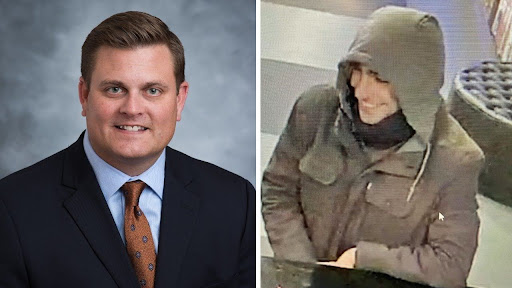October is nearly upon us, bringing us one step closer to the end of 2020, which many are looking forward to. This year has had a never-ending list of tragedies and struggles, the most prominent being the United States recently reaching a death toll of 200,000 COVID-19 related fatalities, as well as racial division, a disease of its own. However, much of the country has been reopening, providing some hope – and trepidation – going into the fall season.
Despite staggering numbers earlier in the year, the number of COVID-19 cases in New York have dropped substantially, with cases hovering below 1% over the past few weeks, an impressive feat. Most businesses and schools are now able to reopen. Lives are not the only casualties to COVID-19, however, with much of the country having been shut down in some way since March – there are still those who are without jobs or those who still rarely leave home for fear for their health and that of those they care for. This week, contributing writer Tomas Dominguez wrote about his experience being furloughed in the spring and his anxious awaital for the movie theater industry to reopen. Just last week 860,000 new people applied for unemployment benefits.
However, life in New York City, for most, has appeared to go on. After frustration from New York City mayor Bill de Blasio pushing back the date to return to school from his promised Sept. 10, good news came to the working parents: up to 90,000 of the city’s youngest students and children with disabilities returned to school last week, a trend that can be seen across the country as schools open their doors once more to resume in-person learning. Indoor dining is now available in NYC at 25% capacity, saving many of the remaining businesses left in the city. How this will affect dining on campus at St. John’s remains to be seen.
As we continue into October, nearly six weeks into what could be considered the oddest fall semester we’ve ever seen, much of what was once strange is now the norm. Social distancing is now expected, not suggested, when you leave your house. Even protests, such as the one held on campus this week, are socially distant. Sorority recruitment on campus occurred in a completely virtual format, as covered by staff writer Francesca Fazio, which was expected. There are no more late night trips to the Red Storm diner or group study sessions in the library, but this all feels quite normal at this point. This year has brought the normalization of mail-in ballots for the upcoming presidential election, as encouraged by Contributing Writer Trenton J. Ulrich this week.
As we transition into autumn, here at the Torch we prepare for what is normally the busiest time of year for most Americans. An upcoming election, the holiday season, virtual midterms and finals. We wonder what will be of Halloween and if we’ll ever get used to switching between Blackboard and Canvas. And the most pressing question of all – how much longer will we last on campus?







